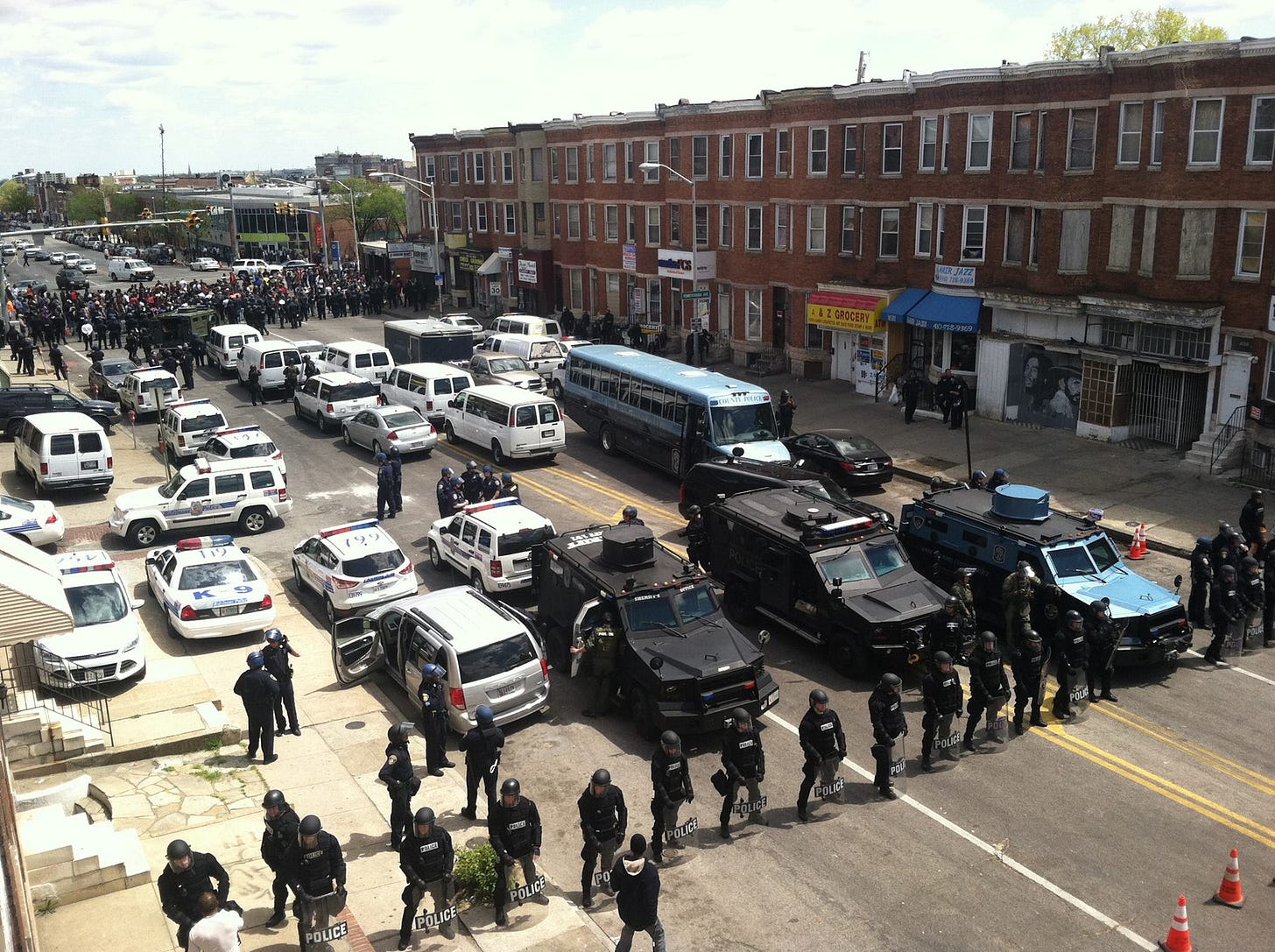One year of American Doom: Hope, truth and the future
I hope we will have a truthful future. Plus, an excerpt from my forthcoming book.
Welcome to week whatever of the second Trump presidency. The question we’re now faced with is whether the Trump administration will abide by rulings from the courts on executive orders or simply ignore them. Many people believe that this fact of life places us sq…
Keep reading with a 7-day free trial
Subscribe to American Doom to keep reading this post and get 7 days of free access to the full post archives.



